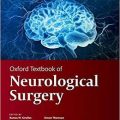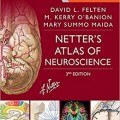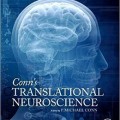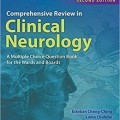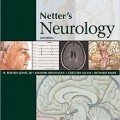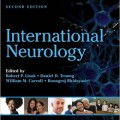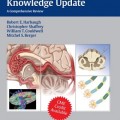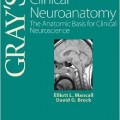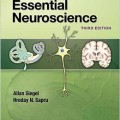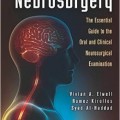دانلود کتاب علوم اعصاب بالینی عمومی یانگ
Basic Clinical Neuroscience, 3ed
Clinically oriented and student-friendly, Basic Clinical Neuroscience provides the anatomic and pathophysiologic basis necessary to understand neurologic abnormalities. This concise but comprehensive text emphasizes the localization of specific medically important anatomic structures and clinically important pathways, using anatomy-enhancing illustrations.
Updated throughout to reflect recent advances in the field, the Third Edition features new clinical boxes, over 100 additional review questions, and striking full color artwork.
Features Include:
- Clinical Connection boxes
- Review questions at the end of each chapter and detailed answers in the back of the book
- An entire chapter on locating lesions
- An atlas of myelin-stained sections
- Unique, hand-drawn, full color artwork
- A glossary of key terms
Contents
CHAPTER 1: Introduction, Organization, and Cellular Components
CHAPTER 2: Spinal Cord: Topography and Functional Levels
CHAPTER 3: Brainstem: Topography and Functional Levels
CHAPTER 4: Forebrain: Topography and Functional Levels
CHAPTER 5: Lower Motor Neurons: Flaccid Paralysis
CHAPTER 6: The Pyramidal System: Spastic Paralysis
CHAPTER 7: Spinal Motor Organization and Brainstem Supraspinal Paths: Postcapsular Lesion Recovery and Decerebrate Posturing
CHAPTER 8: The Basal Ganglia: Dyskinesia
CHAPTER 9: The Cerebellum: Ataxia
CHAPTER 10: The Ocular Motor System: Gaze Disorders
CHAPTER 11: The Somatosensory System: Anesthesia and Analgesia
CHAPTER 12: The Auditory System: Deafness
CHAPTER 13: The Vestibular System: Vertigo and Nystagmus
CHAPTER 14: The Visual System: Anopsia
CHAPTER 15: The Gustatory and Olfactory Systems: Ageusia and Anosmia
CHAPTER 16: The Cerebral Cortex: Aphasia, Agnosia, and Apraxia
CHAPTER 17: The Limbic System: Anterograde Amnesia and Inappropriate Social Behavior
CHAPTER 18: The Hypothalamus: Vegetative and Endocrine Imbalance
CHAPTER 19: The Autonomic Nervous System: Visceral Abnormalities
CHAPTER 20: Reticular Formation: Modulation and Activation
CHAPTER 21: Summary of the Cranial Nerves: Components and Abnormalities
CHAPTER 22: The Blood Supply of the Central Nervous System: Stroke
CHAPTER 23: The Cerebrospinal Fluid System: Hydrocephalus
CHAPTER 24: Development of the Nervous System: Congenital Anomalies
CHAPTER 25: Aging of the Nervous System: Dementia
CHAPTER 26: Recovery of Function of the Nervous System: Plasticity and Regeneration
CHAPTER 27: Principles for Locating Lesions and Clinical Illustrations































